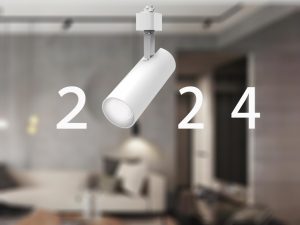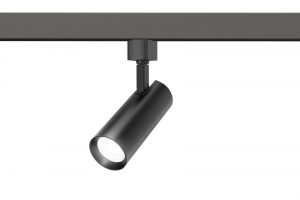Email: [email protected] Phone: +8613367605757

As track lighting systems have become increasingly popular for both residential and commercial applications, one key decision that designers and homeowners must make is whether to opt for alternating current (AC) or direct current (DC) power.
Both AC and DC track lighting options have their own unique benefits, so the right choice will depend on the specific needs and constraints of the project.
AC track lighting is the more traditional and widely-used approach. These systems tap directly into a building’s existing AC electrical infrastructure, with the track itself serving as the conduit for the alternating current. This makes AC track lighting a straightforward, proven solution, particularly well-suited for large-scale, permanent installations.
The main advantages of AC track lighting include:
- Compatibility with standard AC electrical systems
- Simpler, more straightforward installation
- Ability to support a wide range of light fixture types
In contrast, DC track lighting offers several compelling advantages:
- Improved energy efficiency, as DC power sources are more efficient than converting AC to DC
- Potential for longer LED bulb lifespans
- Easier integration with smart home automation and control systems
DC track lighting uses a transformer to convert incoming AC power to a safer, lower-voltage DC supply. This DC current is then distributed through the track to the LED light fixtures.
Ultimately, the choice between AC and DC ultimately comes down to factors like the size and layout of the space, the desired lighting effects, energy efficiency goals, and smart home integration requirements. Consulting a qualified electrician can help determine the optimal power solution for any particular track lighting application.
Regardless of the power source, Allspark track lighting remains a flexible, customizable, and energy-efficient lighting option worthy of consideration for both residential and commercial projects.




